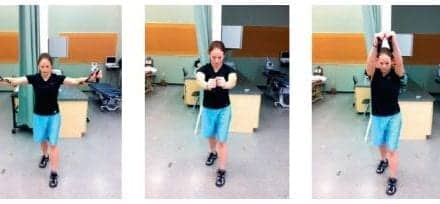After having its contact efforts stonewalled and a witness cut off during a public comment session, The Coalition to Preserve Rehabilitation (CPR), expressed its disappointment over the recommendation approved recently by the Medicare Payment Advisory Commission (MedPAC) to recommend “site-neutral” payment for certain Medicare patients who need medical rehabilitation after injury or illness.
The coalition, which represents consumer and clinician organizations, reports that it sent a letter to MedPAC prior to its approval of site-neutral payments expressing its opposition to site-neutrality. The letter also reputedly raised concern about what it describes as “the lack of transparency in the Commission’s decision to support this policy.” According to CPR, these concerns and recommendations were not meaningfully addressed by the Commission before the MedPAC vote.
In a media release from CPR, Judith A. Stein, executive director of the Center for Medicare Advocacy and a CPR member, says “As a beneficiary organization, the lack of transparency makes you wonder who, and what kind of Medicare program, MedPAC is intended to serve.”
Stein adds: “MedPAC’s website would not accept our written comments all week, and our witness was cut off after only 2 minutes during the public comment session. Most troubling, however, is the fact that MedPAC commissioners endorsed a proposal that pretends two very different levels of care are the same, and failed to specify which patients will be impacted by their new policy.”
The decision about whether to adopt MedPACs site-neutral payment recommendation is now up to Congress.
Alexandra Bennewith, vice president government relations, United Spinal Association, adds, “We plan to work with other patient, consumer, and clinician organizations to make sure Congress understands the risk patients will face if payments are equalized between inpatient rehabilitation hospitals and nursing homes for certain conditions.”
[Source: Coalition to Preserve Rehabilitation]






